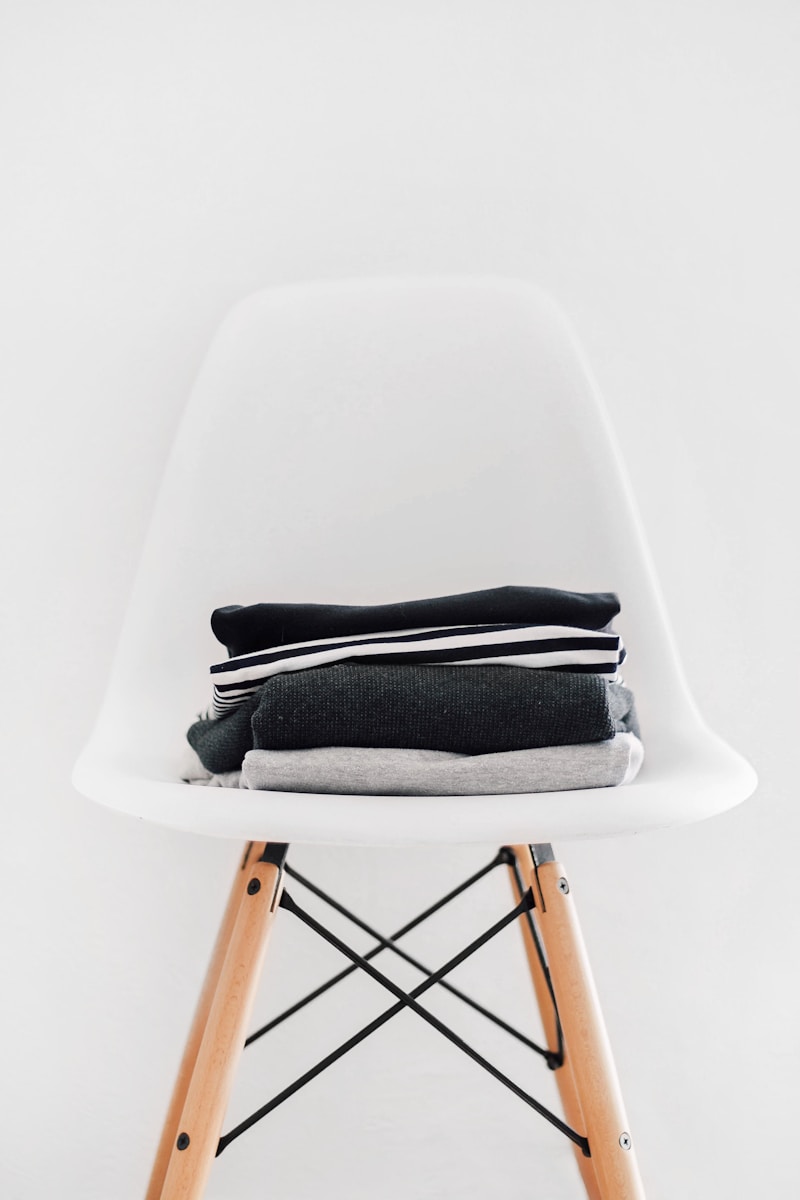Mixing Modern Elements in Traditional Styles: A Perfect Harmony of Old and New
In today's fast-paced world, the fusion of modern elements with traditional styles has become increasingly popular. This blending creates a unique aesthetic that appeals to both younger and older generations. From architecture to fashion, the integration of contemporary designs with historic influences not only enhances visual appeal but also creates a sense of continuity and connection with the past. In this article, we will explore the significance, benefits, and examples of mixing modern elements in traditional styles.
The Significance of Mixing Modern and Traditional Styles
Mixing modern elements with traditional styles can bring several advantages. Firstly, it allows for creativity and innovation, giving designers the freedom to express themselves. Secondly, it helps to preserve cultural heritage by keeping traditional craftsmanship alive while introducing new techniques and materials. Lastly, this blending creates versatile designs that can cater to various tastes and preferences.
1. Aesthetic Appeal
One of the key reasons people are drawn to mixed styles is aesthetic appeal. Modern designs often feature clean lines and minimalist features, while traditional styles showcase ornate details and craftsmanship. When combined, these two elements can create stunning visuals that captivate audiences.
| Aspect | Modern Elements | Traditional Styles |
| Design | minimalistic, clean lines | Ornate, intricate details |
| Color Palette | Neutral and bold colors | Earth tones and pastels |
| Materials | Glass, metal, synthetic | Wood, stone, natural fibers |
| Functionality | Efficacy and simplicity | Heritage and history |
2. Enhancing Cultural Heritage
By incorporating modern elements into traditional styles, designers not only innovate but also help preserve cultural heritage. Traditional crafts such as embroidery, weaving, or woodwork can be integrated with contemporary materials and technologies, breathing new life into these practices. This approach fosters a greater appreciation for traditional craftsmanship while making it relevant in today's world.
Examples of Mixing Modern and Traditional Elements
There are numerous fields where the fusion of modern and traditional styles can be observed. Below are some prominent examples:
1. Architecture
In architecture, contemporary buildings can showcase traditional features. For instance, the Sydney Opera House uses modern materials and design while incorporating elements reminiscent of Aboriginal culture. Similarly, many urban developments feature traditional facades paired with modern interiors, creating spaces that honor heritage while providing functional living solutions.
2. Interior Design
Interior design is another field where this blending shines. Modern furnishings can be placed in traditionally styled rooms, combining vintage wallpapers with minimalist furniture. This approach creates a unique ambiance that is both inviting and innovative.
3. Fashion
In the fashion industry, blending modern designs with traditional attire has gained traction. Designers often use traditional fabrics or motifs in contemporary silhouettes, resulting in striking garments that pay homage to cultural roots. For instance, a Modern dress can feature traditional embroidery, merging two worlds together in a single piece.

The Benefits of Mixing Modern with Traditional Styles
The advantages of this fusion extend beyond aesthetics. Here are some benefits:
1. Versatility
Mixed styles offer versatility, allowing for the creation of unique designs that cater to various tastes. This flexibility appeals to a broader audience because it bridges generational gaps and brings together different cultural influences.
2. Sustainability
Incorporating traditional styles with modern elements can lead to sustainable practices. Many traditional techniques utilize natural materials, promoting eco-friendly solutions while modern elements often involve innovative technologies that can enhance durability and performance.
3. Storytelling
Every design tells a story, and by mixing modern and traditional styles, these narratives become richer. Designers can draw inspiration from history while redefining it through a contemporary lens, creating works that communicate cultural significance while resonating with modern audiences.
Challenges of Mixing Styles
While there are numerous benefits to blending modern and traditional elements, challenges can arise:
1. Risk of Clashing
If not executed thoughtfully, mixing styles can result in visual chaos. It’s crucial for designers to strike a balance and ensure that the elements from both styles complement each other rather than compete.
2. Cultural Misinterpretation
Designers must approach traditional motifs with care to avoid cultural appropriation or misrepresentation. It is essential to understand the context and significance of traditional elements used in contemporary works.
Conclusion: Embrace the Fusion
Mixing modern elements with traditional styles creates a beautiful harmony that celebrates the past while looking towards the future. As we navigate an ever-changing world, this fusion allows for creativity, sustainability, and versatility in design. Whether in architecture, fashion, or interiors, the blending of styles continues to captivate and inspire.
As you explore this fascinating integration, consider the stories each design tells and the cultural significance behind every choice. Remember to approach blending styles with respect and thoughtfulness to fully appreciate the beauty of both modern and traditional elements. The world of design is at your fingertips; embrace the fusion, and let your creativity flow!
In summary, if you’re interested in redefining your space or wardrobe, think about ways to incorporate modern elements into traditional styles, and enjoy the unique journey of creativity this allows. Always honor the past while embracing the future!